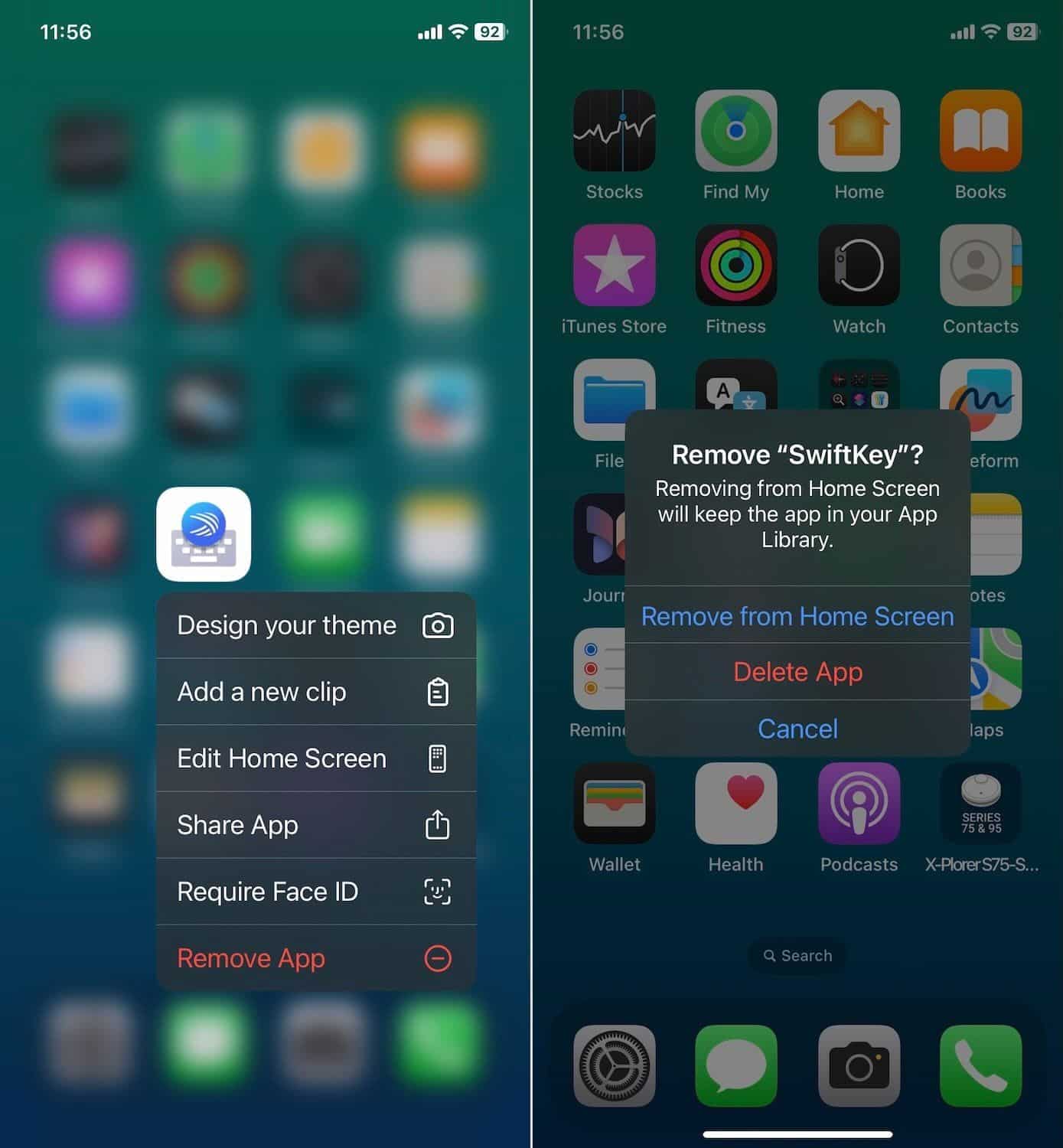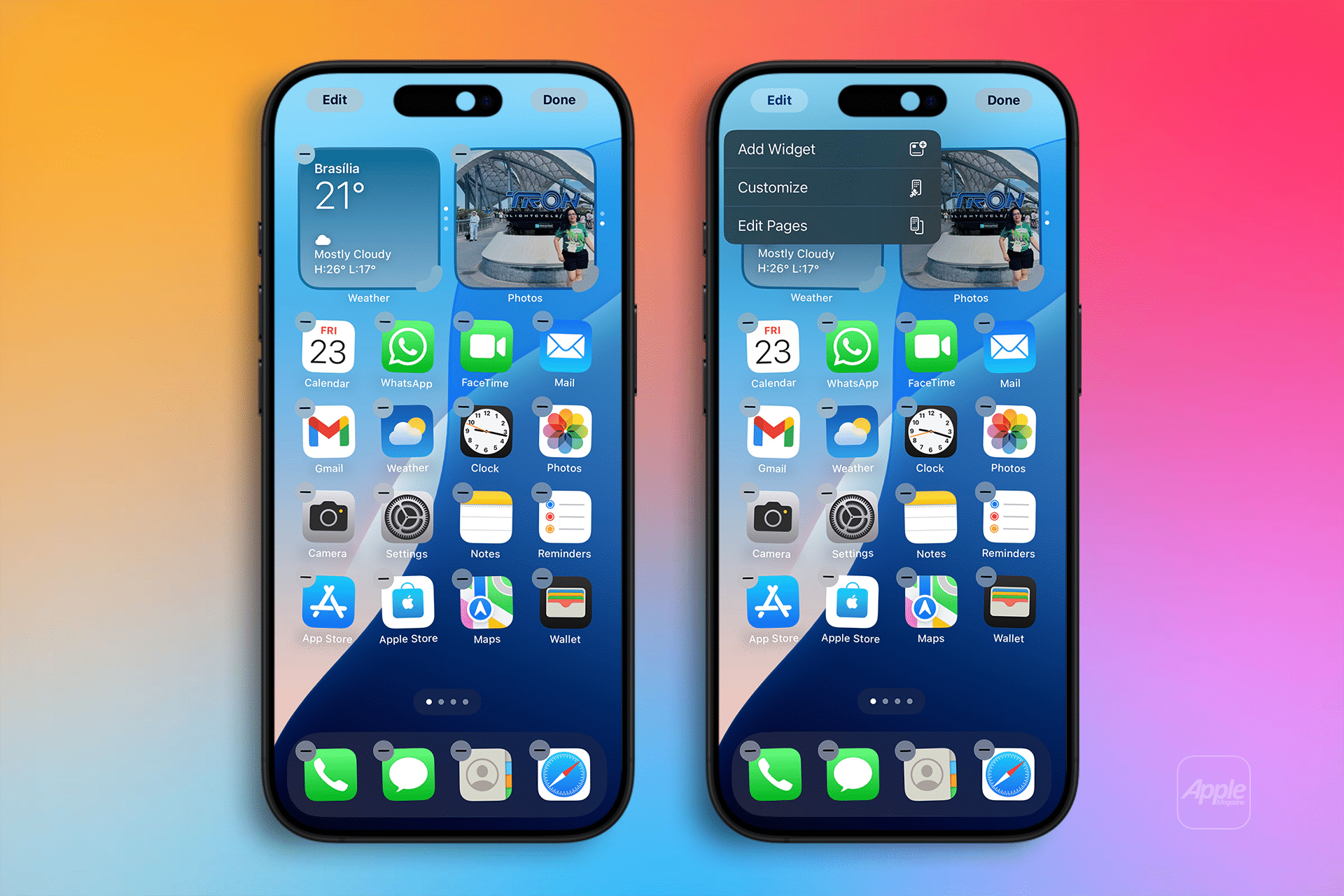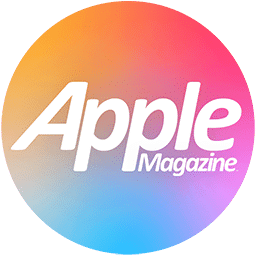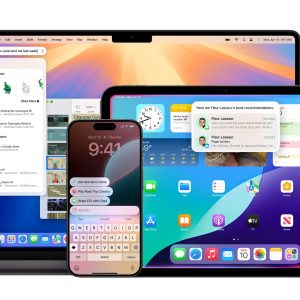Your iPhone’s Home Screen is your digital front door, accessed dozens of times daily. iOS 18’s customization options let you prioritize function and flair, making every tap more intuitive, TechCrunch noted. You can now place apps anywhere, hide labels for a cleaner look, or tint icons to match your wallpaper, creating a seamless visual experience. For example, right-handed users can cluster apps on the right side for easier thumb access, while creatives can frame their wallpaper with strategically placed widgets, CNET reported. This flexibility reduces screen time by streamlining navigation and enhances the joy of using your device.
Step-by-Step Customization Guide
Here’s how to harness iOS 18’s tools to craft a pro-level Home Screen, based on Apple’s official guidance:
Long-press an empty spot on your Home Screen until icons jiggle, then drag apps or widgets to any position, Apple Support explained. Unlike older iOS versions, apps no longer snap to a strict grid, though a subtle grid prevents overlap. For instance, place frequently used apps like Messages or Calendar at the bottom for one-handed access or frame your wallpaper—like a family photo—without obstruction. To add a widget, tap “Edit” in the top-left corner, select “Add Widget,” and choose from options like Weather or Calendar for at-a-glance info, ZDNET noted. Drag the widget’s handle to resize it or convert an app into a widget via its quick actions menu.
Change Icon Appearance
To tweak icon colors, long-press the Home Screen, tap “Edit,” then “Customize.” Choose from Light, Dark, Automatic, or Tinted modes, per Apple Support. Dark mode gives apps a sleek, battery-friendly look with dark gray backgrounds, while Tinted lets you pick a hue using sliders or an eyedropper tool to match your wallpaper’s colors. For a minimalist aesthetic, select “Large” to enlarge icons and hide labels, creating a cleaner layout, CNET suggested. Note that some third-party apps may not yet support Dark mode, as developers must adopt Apple’s API, per Macworld.
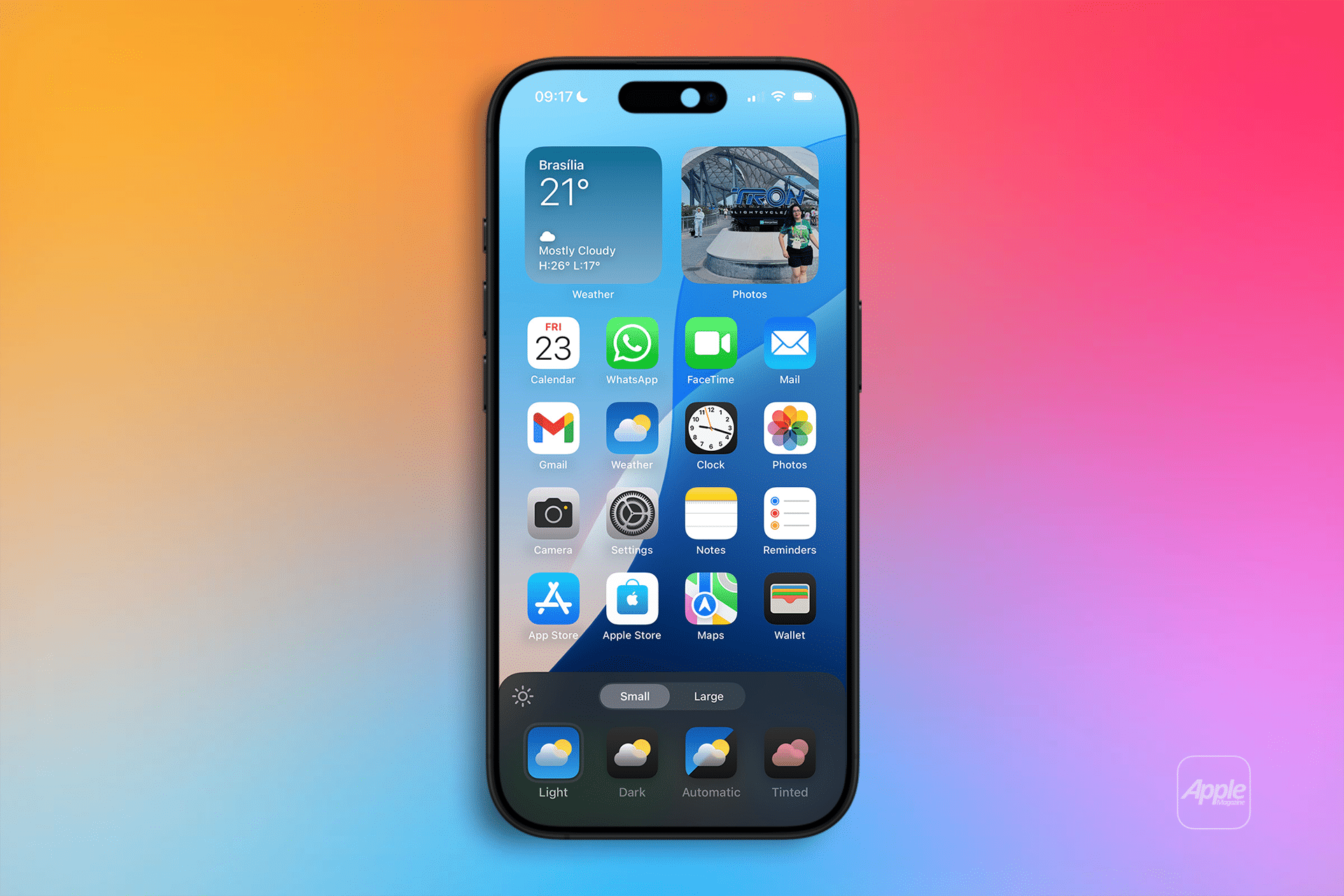
Organize with Folders and Pages
Declutter by dragging one app over another to create a folder, which you can rename (e.g., “Work” or “Social”), Apple Support advised. To manage multiple Home Screens, tap “Edit,” then “Edit Pages” to hide or reorder screens. For example, keep one screen for daily apps and another for travel tools, streamlining your workflow. To remove an app without deleting it, long-press, select “Remove App,” and choose “Remove from Home Screen” to send it to the App Library, ZDNET noted.
Advanced Tricks with Shortcuts
For a truly custom look, use the Shortcuts app to create bespoke app icons. Save a custom image to your Photos app, open Shortcuts, select “Open App,” choose the app, and add it to the Home Screen with your image. This bypasses iOS 18’s color limitations but shows a brief Shortcut banner when tapped, a minor trade-off for unique aesthetics. Apps like Widgetsmith offer themed widgets that blend with custom icons, enhancing uniformity, TechCrunch added.
Practical Benefits for Users
These tools aren’t just cosmetic. Arranging apps for one-handed use saves time, while widgets like Weather or Calendar reduce app-opening frequency, ZDNET reported. Tinting icons to match your wallpaper creates a cohesive look, making your iPhone feel premium. For professionals, a tailored Home Screen with work-focused folders boosts productivity. Casual users benefit from hiding unused apps in the App Library, reducing clutter. Apple’s privacy-first approach ensures these changes happen on-device, keeping your data secure, per company statements.
Limitations to Know
While iOS 18 offers vast flexibility, some quirks remain. Not all apps support Dark mode, and tinting applies universally across Home Screens, limiting per-screen customization. The grid, though looser, still restricts precise placement, and custom Shortcut icons lack notification badges. These are minor hiccups in an otherwise robust update, with Apple likely refining features in future releases like iOS 18.5, expected in spring 2025, CNET reported.
Why It’s a Big Deal
iOS 18’s Home Screen overhaul caters to users craving individuality without sacrificing Apple’s polished design. Unlike past jailbreaking hacks, these features are native, making customization accessible to all, from teens curating aesthetics on Pinterest to professionals optimizing workflows. By blending function with style, Apple ensures your iPhone feels personal and practical, encouraging daily use and reinforcing its ecosystem dominance.

